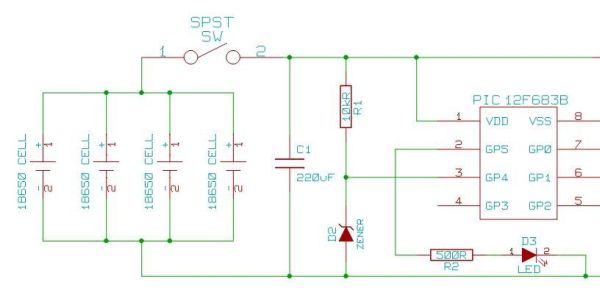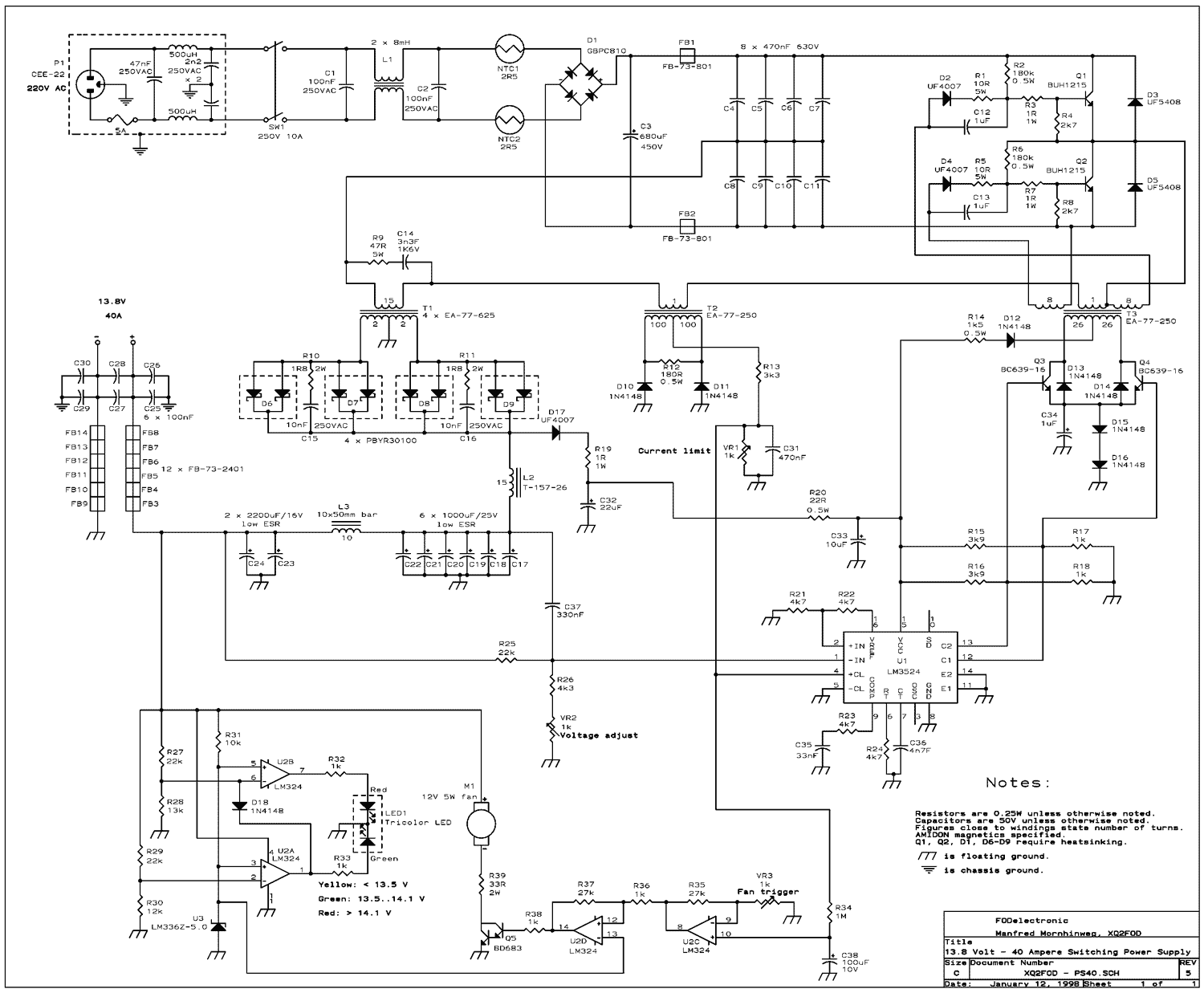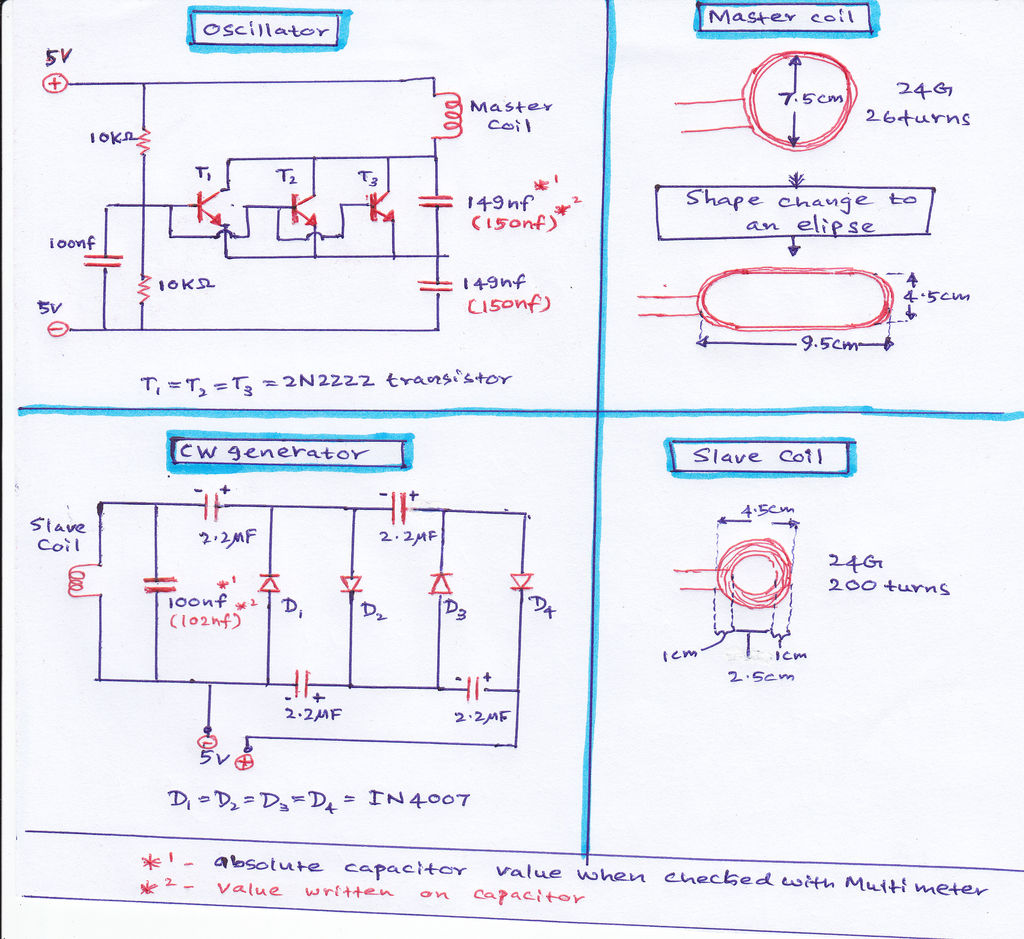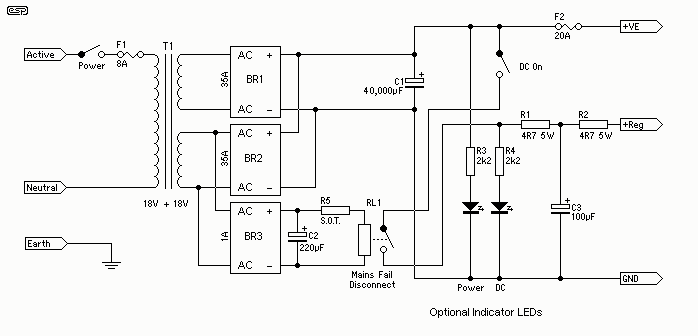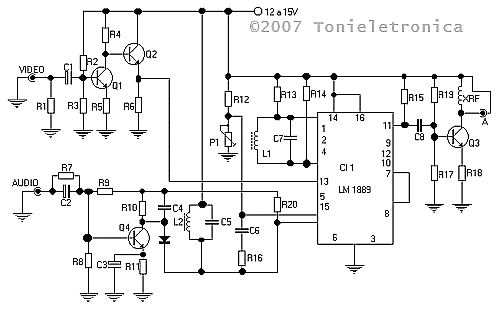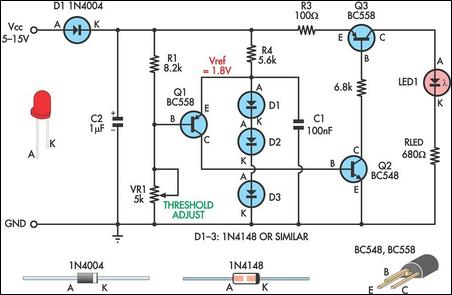
Power Supply For USB Devices
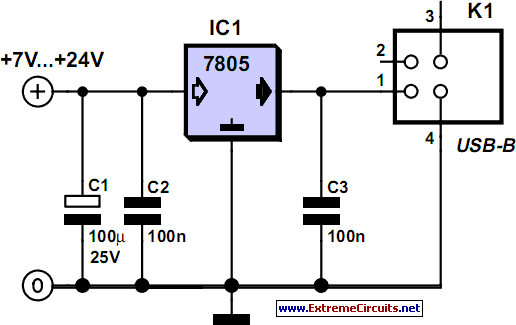
An increasing number of devices are being sold that operate on internal rechargeable batteries. While a compatible charger is typically included in the packaging, there are a...
Rechargeable battery systems have become prevalent in various electronic devices, necessitating the development of efficient charging solutions. These systems typically consist of lithium-ion or lithium-polymer batteries, which offer high energy density and longevity. The charging circuit is crucial for maintaining battery health and ensuring optimal performance.
The charging circuit generally includes several key components: a power supply, a charge controller, and safety mechanisms such as over-voltage and over-current protection. The power supply provides the necessary voltage and current to the battery. The charge controller manages the charging process by regulating the voltage and current to prevent damage to the battery. It typically employs a constant current/constant voltage (CC/CV) charging method, which is essential for lithium-based batteries.
Safety features are critical in these circuits to prevent overheating and potential hazards. These may include thermal cutoff switches, fuses, and battery management systems (BMS) that monitor the battery's state of charge and health. Additionally, some designs incorporate LED indicators to provide visual feedback on the charging status.
In summary, the integration of rechargeable batteries in modern devices requires a well-designed charging circuit that prioritizes efficiency, safety, and user feedback. The evolution of these systems continues to enhance the functionality and convenience of portable electronic devices.More and more equipment is sold that runs off internal rechargeable batteries. Although a matching charger is usually supplied in the package, there are a.. 🔗 External reference
Rechargeable battery systems have become prevalent in various electronic devices, necessitating the development of efficient charging solutions. These systems typically consist of lithium-ion or lithium-polymer batteries, which offer high energy density and longevity. The charging circuit is crucial for maintaining battery health and ensuring optimal performance.
The charging circuit generally includes several key components: a power supply, a charge controller, and safety mechanisms such as over-voltage and over-current protection. The power supply provides the necessary voltage and current to the battery. The charge controller manages the charging process by regulating the voltage and current to prevent damage to the battery. It typically employs a constant current/constant voltage (CC/CV) charging method, which is essential for lithium-based batteries.
Safety features are critical in these circuits to prevent overheating and potential hazards. These may include thermal cutoff switches, fuses, and battery management systems (BMS) that monitor the battery's state of charge and health. Additionally, some designs incorporate LED indicators to provide visual feedback on the charging status.
In summary, the integration of rechargeable batteries in modern devices requires a well-designed charging circuit that prioritizes efficiency, safety, and user feedback. The evolution of these systems continues to enhance the functionality and convenience of portable electronic devices.More and more equipment is sold that runs off internal rechargeable batteries. Although a matching charger is usually supplied in the package, there are a.. 🔗 External reference
